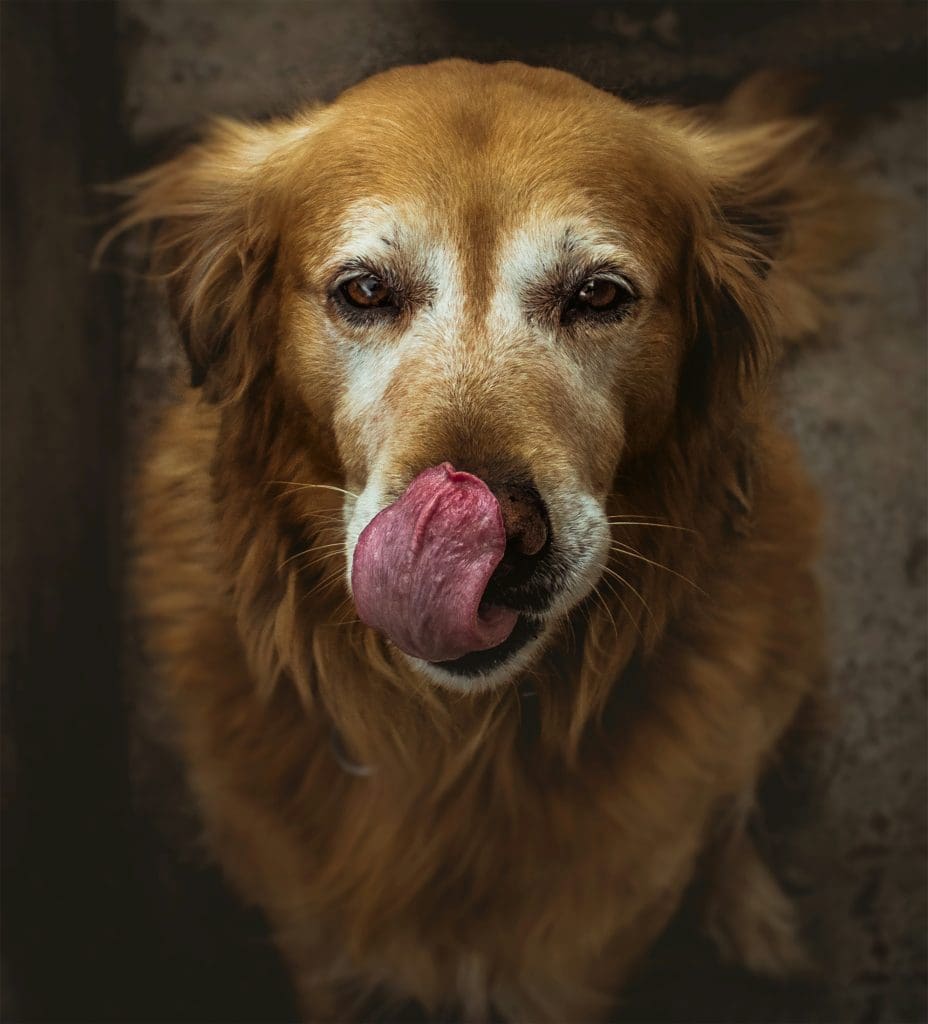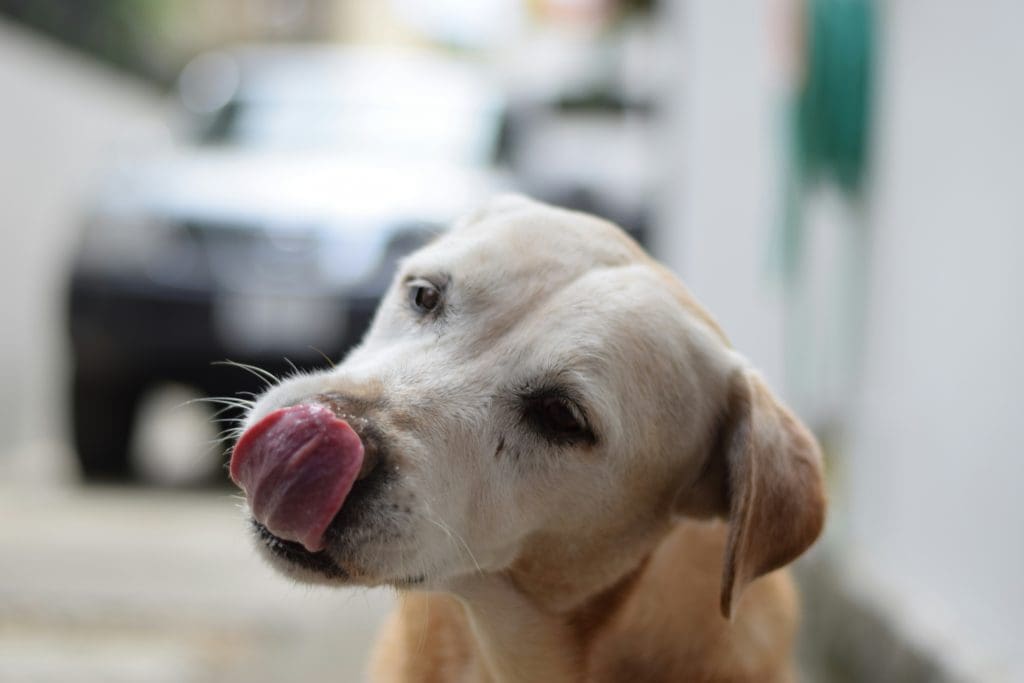Common Causes of Hot Spots in Dogs
Hot spots—those inflamed, painful patches of skin—can appear quickly and worsen in a matter of hours. But what exactly causes them in the first place? While they may look like isolated skin issues, hot spots are often symptoms of a deeper problem, whether that’s an allergy, a bite, or behavioral habits.
In this blog, we’ll break down the most common causes of hot spots in dogs, helping you recognize risk factors early and take steps to prevent flare-ups before they start.
1. Allergies: The Invisible Itch
Allergies are among the leading causes of hot spots in dogs. They can be:
-
Environmental (pollen, grass, mold, dust mites)
-
Food-related (beef, dairy, chicken, grains)
-
Chemical (shampoos, detergents, household cleaners)
Allergic reactions often make dogs itchy, and repeated scratching or licking in one area can quickly turn into a hot spot. Food allergies may also result in chronic skin irritation or ear infections, both of which can contribute to hot spot development.
2. Fleas, Ticks, and Insect Bites
Flea saliva is highly allergenic to many dogs. A single flea bite can trigger intense itching, especially in dogs with flea allergy dermatitis (FAD). Once a dog starts biting or scratching the affected area, it can quickly become inflamed and infected.
Ticks, ants, and mosquito bites can also provoke strong reactions, especially if a dog overgrooms or irritates the area post-bite.
✅ Tip: Keep your dog on a regular flea and tick prevention regimen to reduce the risk of bites and itching.
3. Moisture and Poor Drying
Moisture trapped against your dog’s skin creates an ideal environment for bacteria. This often happens in:
-
Dogs who swim frequently
-
Dogs bathed but not fully dried
-
Breeds with thick or double coats
-
Dogs in humid climates
When the skin remains wet, especially beneath matted fur or in areas like the neck under a collar, bacteria can thrive. If your dog starts licking or scratching that moist area, a hot spot can develop rapidly.
4. Ear Infections
Dogs with floppy ears or hair inside their ear canals—like Golden Retrievers, Cocker Spaniels, and Poodles—are more prone to ear infections. When an infection becomes uncomfortable, dogs often scratch behind their ears or rub their heads on furniture or carpets, irritating the skin in the process.
The result? A hot spot just behind or under the ear that’s often mistaken for a bite or allergy.
5. Skin Irritation from Collars, Harnesses, or Mats
Ill-fitting collars or tight harnesses can rub the skin, especially if worn for long periods or if they trap moisture. Similarly, matted fur can pull at the skin or hold debris and moisture against it.
In these cases, the friction or discomfort may cause your dog to chew or scratch persistently at the area, triggering a hot spot.
6. Anxiety, Boredom, or Obsessive Grooming
Some dogs groom excessively when they’re anxious, stressed, or bored. This behavior—called acral lick dermatitis when chronic—can lead to hair loss and irritated skin. Once the skin is broken, bacteria can invade and a hot spot may develop.
Common triggers include:
-
Separation anxiety
-
Lack of exercise or stimulation
-
Changes in routine or environment
✅ Tip: Mental enrichment, exercise, and interactive toys can reduce stress-related behaviors.
7. Cuts, Scrapes, or Minor Wounds
A small scratch or insect sting might go unnoticed by you—but not by your dog. If it itches, your dog might lick or chew the spot until it becomes infected.
Keep an eye on any minor skin injuries and discourage over-grooming to prevent escalation.
Which Dogs Are Most at Risk?
While any dog can get a hot spot, some are more susceptible, including:
-
Long-haired breeds (Golden Retrievers, Bernese Mountain Dogs)
-
Dogs with thick undercoats (Huskies, German Shepherds)
-
Breeds with skin folds (Bulldogs, Pugs, Shar Peis)
-
Dogs prone to allergies or chronic ear infections
Preventing Hot Spots: Proactive Measures
Understanding the root causes of hot spots is the first step to preventing them. Here’s what you can do:
-
Keep your dog clean and dry, especially after swimming or bathing
-
Groom regularly to prevent matting and check for skin issues
-
Use flea and tick preventatives year-round
-
Address allergies with veterinary guidance
-
Treat minor wounds quickly
-
Provide mental stimulation to curb boredom-related licking
Conclusion: Know the Cause to Stop the Cycle
Hot spots don’t just happen—they’re usually the result of another problem, whether it’s a physical irritant, an infection, or behavioral stress. By identifying and managing the underlying cause, you can stop the cycle of licking, scratching, and inflammation before it begins.


